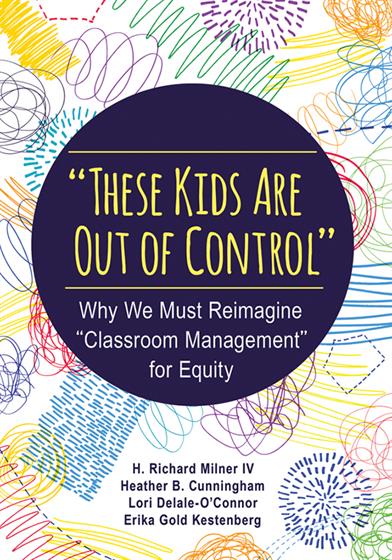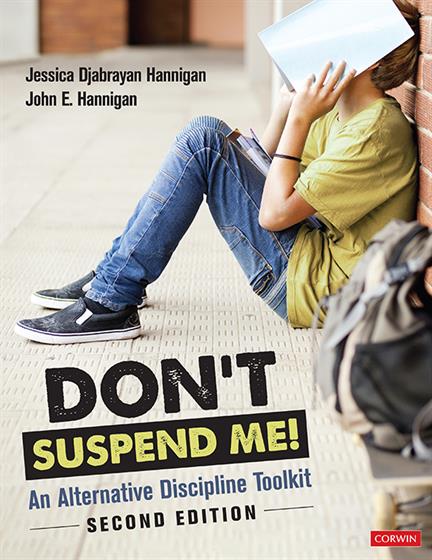Evaluating the Effectiveness of Prevent–Teach–Reinforce for High School Students With Emotional and Behavioral Disorders
By Kaitlin Sullivan, MA, BCBA; Kimberly Crosland, PhD, BCBA-D; Rose Iovannone, PhD, BCBA-D; Kwang-Sun Blair, PhD BCBA-D; and Leslie Singer, PhD, BCBA
Journal of Positive Behavior Interventions; 2020; Volume 23 Issue 1
Have you struggled with implementing behavior intervention plans (BIPs) with high school students who have been diagnosed with emotional and/or behavioral disorders (EBDs)? Did you know that these students are at increased risk of office discipline referrals, and even suspension and expulsion? This article explores Prevent-Teach-Reinforce (PTR), an effective BIP that was evaluated by researchers in a high school setting with two teachers and three students.
There are several unique features of PTR that may not be found in typical BIPs. The process is consistently implemented by coaches who walk teams through each step and it is collaborative in virtually all of its aspects. The coaching is done at least once a week to support teacher implementation and the plan is mapped to a hypothesis, enabling the teacher to have a clear understanding of when and how to respond to different situations, how to redirect if a student does not respond, etc.
PTR consists of five steps:
- Teaming: Each team includes adults and the student who are familiar with the student, behavioral principles, and context.
- Goal Setting: Goals are identified, operationalized, and prioritized. Student behaviors are rated at least once a day using the Individualized Behavior Rating Scale Tool (IBRST).
- PTR Assessment: Each team member completes an assessment, the PTR coach observes directly, and the data from Step 3 determines trends.
- PTR Intervention: The team rank intervention strategies and agree on one intervention that prevents the behavior, one that replaces the behavior, and one that reinforces the replacement behavior. The coach works with the teacher.
- Evaluation: The team meets, reviews the data, and makes decisions on next steps.
The study revealed that PTR can be effective with high school students with EBDs and that several key components seemed to contribute to that effectiveness, especially buy-in from both teachers and students. Interestingly, the researchers found that there was an overall increase in appropriate behavior across the entire class, not just from the target students.
Related Titles



Recommendations and Resources
- An excerpt from the PRT manual discussed in the study can be found here.
- A review of the book is available here.
Reflection Questions and Next Steps
- In your opinion, what do you think are the most valuable features of PRT? What benefits are there in implementing PRT in your classroom? Do you see any downsides or challenges?
- Think about the high school students in your classroom with BIPs. Can you identify a few students whose behaviors are particularly challenging for you? Can you envision a classroom in which these students thrive through implementation of PRT? Which administrator or support staff can you talk with on getting training on PRT?
- How does PRT compare with other BIPs that you have learned about, observed, and/or used in your role as a teacher? If you are an administrator, do you see value in piloting PRT in your school? Think of two teachers who might be supportive of getting coached in PRT. Will you share this article with them and discuss next steps as a team?